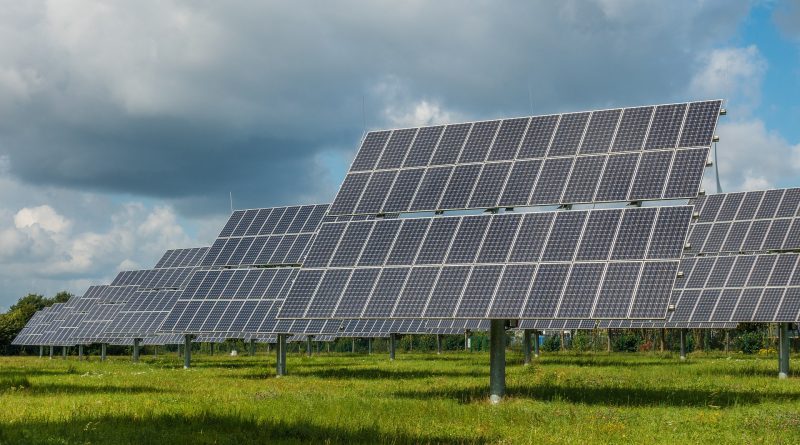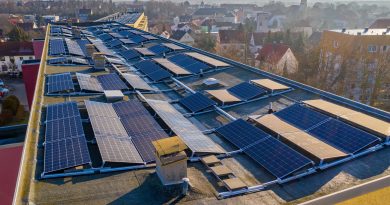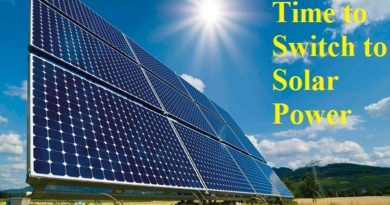Unraveling the Potential of On-Grid Solar Roof Systems
On-grid solar roof systems have been gaining popularity as a cost-effective and sustainable way of harnessing solar power. As the world becomes more conscious of the need to reduce carbon emissions and rely on renewable energy sources, on-grid solar roof systems offer a viable solution. In this blog, we will explore the benefits, mechanics, and considerations of on-grid solar roof systems. By the end, you will have a comprehensive understanding of how this technology works and why it is an excellent choice for your energy needs.
Table of Contents
Mechanics of On-Grid Solar Roof Systems
On-grid solar roof systems, also known as grid-tied or utility-interactive systems, are designed to utilize solar energy while still remaining connected to the traditional power grid. This connection allows the system to draw power from the grid when needed and feed excess energy back into the grid when the solar panels produce more electricity than is being consumed.
The main components of an on-grid solar roof system include solar panels, an inverter, a metering system, and the electrical grid. The solar panels, usually installed on the rooftop, capture sunlight and convert it into direct current (DC) electricity. The inverter then converts the DC electricity into alternating current (AC) electricity, which can be used to power household appliances or fed back into the grid.
The metering system measures the amount of electricity generated by the solar panels and the amount of electricity consumed from the grid. This data is important for tracking energy production and feeds into the billing process. Finally, the electrical grid acts as a reliable backup, ensuring continuous power supply even during low solar production or high energy demand.
Benefits of On-Grid Solar Roof Systems
There are numerous advantages to installing an on-grid solar roof system. Firstly, by utilizing solar power, homeowners can significantly reduce their electricity bills. As the system generates electricity from the sun, less power needs to be consumed from the traditional grid. This can lead to substantial savings over time.
Secondly, on-grid solar roof systems promote environmental sustainability. By using clean and renewable energy, households reduce their carbon footprint and contribute to the global effort of combating climate change. Solar power generation produces no greenhouse gas emissions, making it an eco-friendly choice.
Furthermore, on-grid solar roof systems enable homeowners to take advantage of net metering. This policy allows excess energy produced by the solar panels to be fed back into the grid, often resulting in credits or reduced electricity bills. Net metering provides an incentive for homeowners to install solar systems and further maximize their savings.
Considerations for On-Grid Solar Roof Systems
Before investing in an on-grid solar roof system, there are a few considerations to keep in mind. Firstly, the suitability of your roof is crucial. Solar panels require adequate sunlight exposure to generate optimal energy. If your roof is heavily shaded by trees or surrounding buildings, it may not be the ideal location for solar panel installation.
Additionally, the orientation and tilt of the roof also affect the efficiency of the solar panels. Ideally, the roof should face south to maximize sunlight absorption, but east and west-facing roofs can still provide substantial energy generation. If your roof has an extreme tilt or is flat, adjustments may be necessary to optimize energy capture.
In terms of installation costs, on-grid solar roof systems require an upfront investment. However, various government incentives, such as tax credits or rebates, may help offset the initial expense. It is essential to research and consult with reputable solar installers to understand the financial implications and potential return on investment.
Lastly, it is important to check local regulations and utility policies regarding on-grid solar roof systems. Some areas have specific requirements or restrictions that dictate the installation process. By familiarizing yourself with these regulations, you can ensure a smooth and compliant installation.
Conclusion
Unlock the potential of clean, efficient energy with SolarClue®! Explore the world of on-grid solar roof systems, seamlessly integrating solar power with utility grids. From understanding net metering benefits to navigating government incentives, SolarClue® provides expert guidance. Our professional installations ensure a swift transition to cost-effective and sustainable energy. Whether for your home or business, discover the advantages of continuous power, reduced bills, and environmental responsibility. Contact SolarClue® today to embark on a journey towards energy efficiency. Choose SolarClue® as your trusted partner in on-grid solar solutions and illuminate a brighter, sustainable future.
Frequently Asked Questions
An on-grid solar roof system is a solar energy setup seamlessly connected to the utility grid, allowing the exchange of electricity between the solar panels and the grid.
During sunlight hours, on-grid solar systems generate electricity by converting sunlight into power through solar panels. During non-sunlight hours, these systems seamlessly switch to drawing electricity from the grid to meet the energy needs.
Generally, on-grid systems do not require energy storage, such as batteries, as they can draw power from the grid when solar generation is insufficient. Batteries may be optional for backup power during outages.
Net metering is a crucial aspect of on-grid solar systems. It allows users to send excess energy generated by their system back to the grid, earning credits or compensation, which can be used when the system draws power from the grid.
On-grid solar systems are typically designed to shut down during power outages to ensure the safety of utility workers. However, special inverters can be used to enable power generation during outages.
Installation times for on-grid solar roof systems can vary based on factors such as system size and complexity. On average, residential installations may take a few days to a couple of weeks.
Businesses benefit from on-grid solar roof systems by reducing their electricity bills, contributing to sustainability goals, and potentially earning revenue through excess energy sent back to the grid. They also enjoy the positive environmental image associated with solar adoption.
Yes, many regions offer government incentives, tax credits, or rebates to encourage the adoption of on-grid solar systems. These incentives can significantly offset the initial installation costs.
Users can monitor on-grid system performance through monitoring tools provided by the system installer or manufacturer. These tools typically display real-time and historical data on energy production, consumption, and grid interactions.
Yes, on-grid solar systems can be customized based on specific energy needs. System size, the number of solar panels, and other components can be tailored to meet the unique energy requirements of homes, businesses, or industrial facilities.



